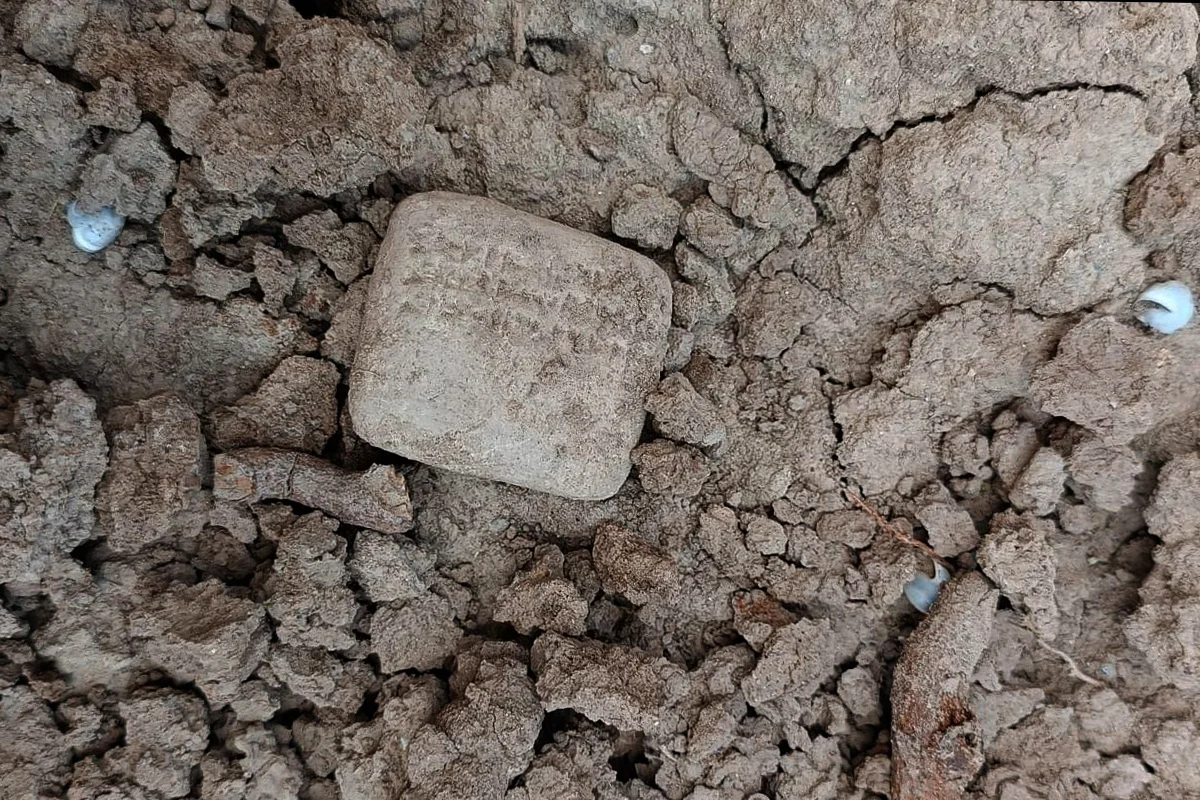Archaeologists excavating the Aççana Mound, also known as Eski Alalah, have discovered a cuneiform tablet detailing a shopping list of purchases almost 3,500-years-ago.
The Aççana Mound is a Tel (a mound that has been built up over centuries of occupation), located in the old city of Alalah in the southern Turkish province of Hatay.
In a recent press statement, Mehmet Ersoy, the Minister of Culture and Tourism, announced that archaeologists have unearthed a cuneiform tablet during restoration works in the old city of Alalah following an earthquake.
The tablet dates from the 15th century BC and has cuneiform text written in Akkadian, an extinct East Semitic language that was spoken in ancient Mesopotamia.
Cuneiform is a logo-syllabic writing system characterised by its wedge-shaped impressions that form the signs. The Akkadians adopted a practical approach by writing their language phonetically, using corresponding Sumerian phonetic signs.
The tablet is an administrative record of a large amount of furniture purchases, providing new insights into the economic structure and state system of the Late Bronze Age. Weighing 28 grams, the tablet measures 4.2 cm by 3.5 cm, and has a thickness of 1.6 cm’s.
An ongoing study by linguists have deciphered the purchase of large amounts of wooden tables, chairs, and stools, in addition to details about who purchased them and the vendors.
Minister Mehmet Ersoy, said: “We believe that this tablet, weighing 28 grams, will provide a new perspective in our understanding of the rich heritage of Anatolia for future generations.”
Header Image Credit : Republic of Turkey Ministry of Culture and Tourism
Sources : Republic of Turkey Ministry of Culture and Tourism





